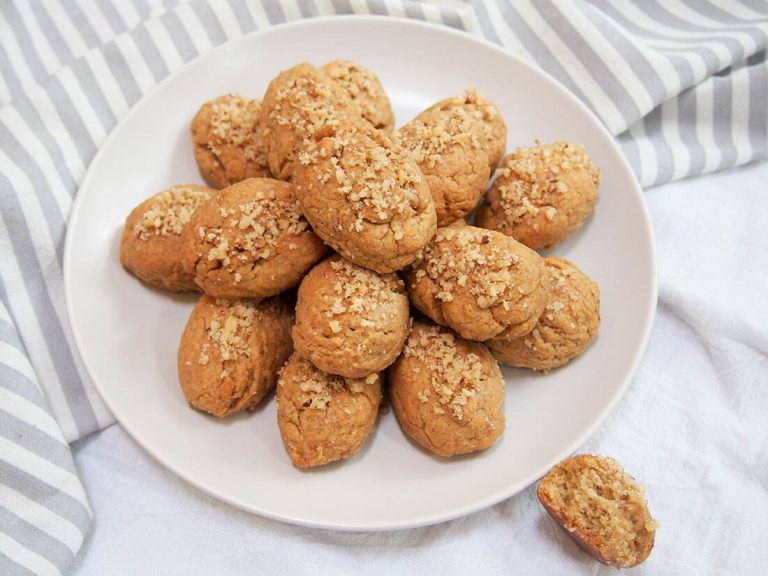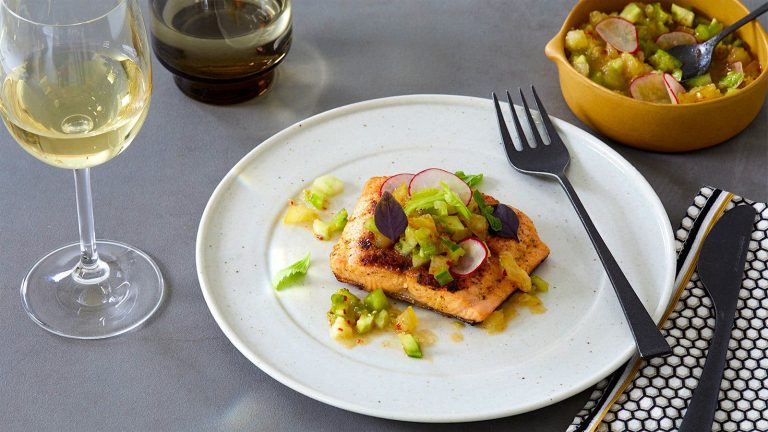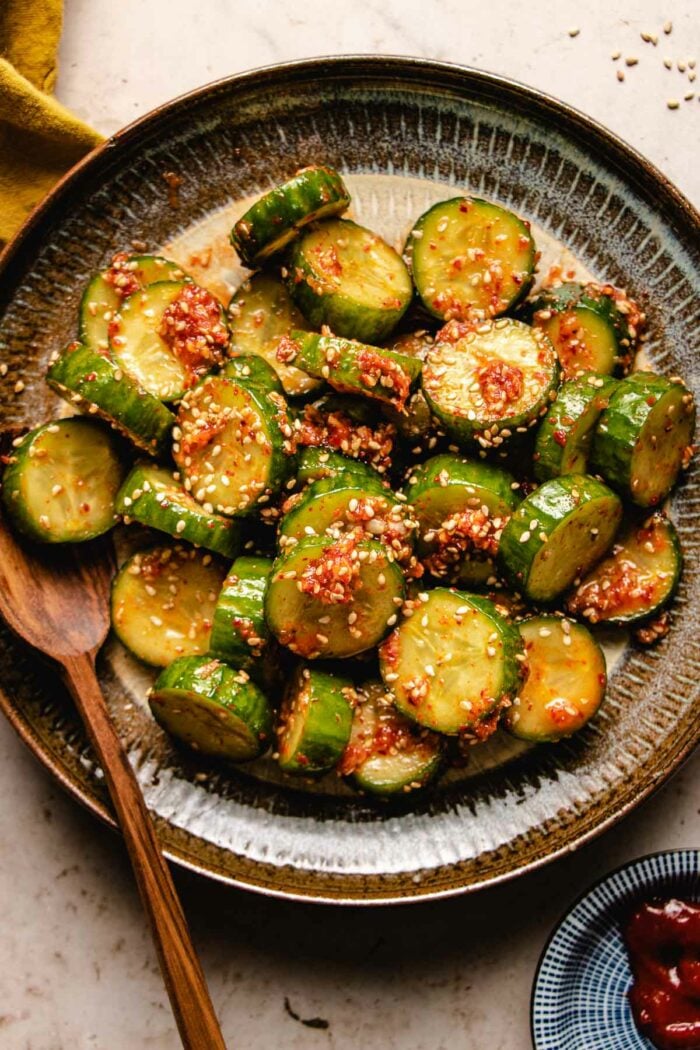Blini Russian Pancake Recipe: A Delicious Guide to Traditional and Modern Variations
Blini boast deep roots in Russian culture, tracing back to pre-Christian times. Historically, people associated blini with Maslenitsa, a festival marking the end of winter and the arrival of spring. The round, golden pancakes symbolized the sun, reflecting hope and warmth.
During Maslenitsa, families would cook vast quantities of blini to serve friends and relatives. This tradition strengthened communal bonds and highlighted hospitality’s importance in Russian culture. Blini often signified celebration, particularly during religious feasts and transitional seasons.
Blini in Modern Cuisine
Today, blini have transcended their historical origins to become a staple in various culinary settings. Modern Russian cuisine often features blini at breakfast, snacks, and formal occasions. Due to their versatility, blini pair well with both sweet and savory toppings, offering diverse flavor possibilities.
Restaurants globally now serve blini, showcasing their appeal beyond Russia. Chefs experiment with fillings like caviar, smoked salmon, honey, or berries, reflecting contemporary culinary trends. This adaptability illustrates blini’s enduring relevance and ability to delight palates worldwide.
Ingredients and Preparation
Essential Ingredients for Easy Blini
To create delicious blini, gather these essential ingredients:
- Flour: 1 cup, all-purpose flour works best.
- Milk: 1 cup, whole milk adds richness.
- Eggs: 2 large eggs for structure.
- Butter: 2 tablespoons, melted for smooth batter.
- Salt: 1/4 teaspoon for balance.
- Sugar: 1 tablespoon, optional for slight sweetness.
- Baking soda: 1/4 teaspoon for a light texture.
- Water: 1/4 cup, warm to blend smoothly.
These ingredients ensure authentic tasting blini with the perfect balance of flavor and consistency.
Step-by-Step Preparation Guide
Follow these steps for easy blini preparation:
- Mix Dry Ingredients: Combine flour, salt, sugar, and baking soda in a bowl.
- Blend Wet Ingredients: Beat eggs in a separate bowl, then add milk, water, and melted butter.
- Combine Mixtures: Slowly pour wet ingredients into the dry mixture, stirring until smooth, avoiding lumps.
- Heat Pan: Use a non-stick skillet over medium heat, lightly greased with butter or oil.
- Cook Blini: Pour a small amount of batter (about 1/4 cup) into the pan, swirling to spread evenly. Cook until bubbles form, then flip and cook until golden brown.
This process produces soft, evenly cooked blini ready for your favorite toppings.
Serving Ideas for Easy Blini Russian Pancake
Traditional Accompaniments
Blini often pair with various traditional toppings that enhance their flavor. Smoked salmon, for example, provides a rich, savory experience. Add a dollop of sour cream to balance the flavors. Caviar, though a luxury, complements the simple taste of blini with its salty notes. For a more budget-friendly option, try herring, another popular choice. Pair these savory options with dill or chives for added freshness.
For sweet toppings, honey and jam are common. Strawberry, raspberry, or apricot jam works well. Another classic combination is blini with butter and a sprinkling of sugar—simple yet delightful. To experience a full range, try serving a variety of these toppings together.
Contemporary Serving Suggestions
Modern adaptations of blini offer diverse and inventive serving ideas. For a festive touch, top blini with crème fraîche and berries, which provide a fresh, fruity burst. Nutella serves as another popular choice, especially among children. Add banana slices for extra sweetness.
If you’re looking for savory modern options, try using avocado and poached eggs, creating a sort of Russian-inspired brunch dish. Sliced grilled vegetables like bell peppers or mushrooms add a healthy twist. For a gourmet option, use goat cheese and caramelized onions. This mix delivers complex flavors that are sure to impress.
To cater to different taste buds, consider creating a blini bar with a mix of these traditional and modern toppings. This setup allows guests to customize their blini experience, ensuring an enjoyable, personalized meal.
Nutritional Information
Health Benefits of Easy Blini
Blini often include ingredients such as eggs, milk, and flour. Eggs provide essential amino acids and high-quality proteins. Milk is a good source of calcium and vitamin D, enhancing bone health. If whole grain flour is used, it can add dietary fiber which aids digestion. Additionally, blini can be customized with healthy toppings. Fresh berries, avocado, and honey can introduce antioxidants, healthy fats, and natural sweetness.
Dietary Considerations
Blini can be adapted to suit various dietary needs. For those with gluten intolerance, use gluten-free flour. Dairy-free milk alternatives like almond or oat milk offer solutions for lactose-intolerant individuals. Vegan blini are possible using flaxseed or chia seeds as egg substitutes. To reduce calorie intake, opt for low-fat milk and avoid sugary toppings. Consider your specific dietary requirements before selecting blini ingredients and toppings.
Conclusion
Blini offer a delightful blend of tradition and versatility, making them a perfect addition to any meal. Whether you’re celebrating Maslenitsa or just craving a delicious treat, these Russian pancakes can be customized to suit any taste or dietary need. From classic toppings like smoked salmon to modern twists like Nutella and banana slices, the possibilities are endless. Plus, with options for gluten-free and vegan variations, everyone can enjoy this beloved dish. So grab your ingredients and start flipping those blini—your taste buds will thank you!




